how can I get this texture
phrog
10 years ago
Related Stories
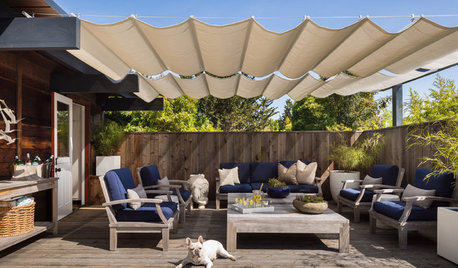
MIDCENTURY HOMESHouzz Tour: How Can We Get Invited to This Awesome Midcentury Home?
A redwood-clad gem in California’s Marin County features a dreamy outdoor oasis with an open-door policy for the homeowners’ friends
Full Story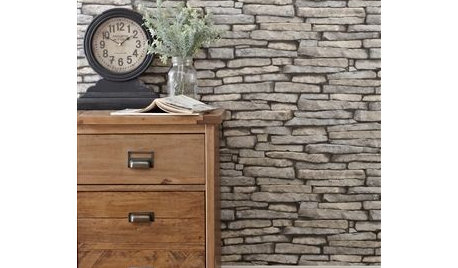
PRODUCT PICKSGuest Picks: Get in Touch With Textured-Effect Wallpapers
Mimic the look of fancy paneling, stacked stone or funky scrap wood with new wallpaper patterns on a trompe l'oeil roll
Full Story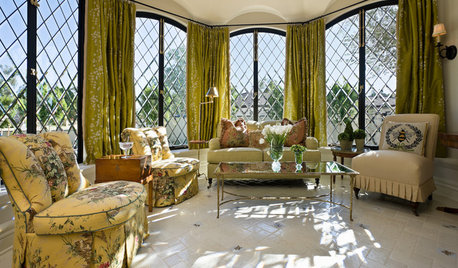
DECORATING GUIDESGetting the Room Right: Part I
Great Spaces Show How to Avoid the Top 10 Decorating Mistakes
Full Story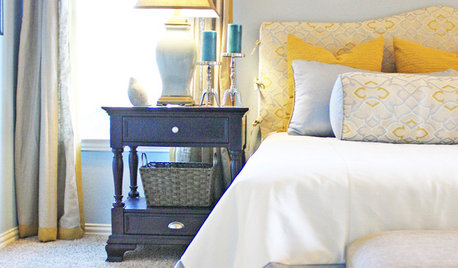
COLOR8 Color Palettes You Can't Get Wrong
Can't decide on a color scheme? Choose one of these foolproof palettes for a room that feels both timeless and fresh
Full Story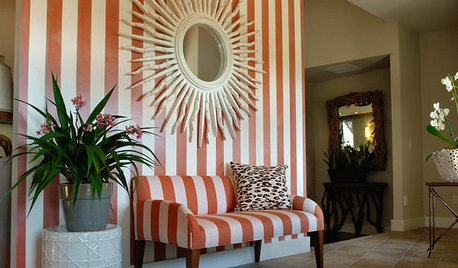
We Simply Can't Get Enough: The Sunburst Motif
New Interpretations of the Sun Still Add Fire to a Room
Full Story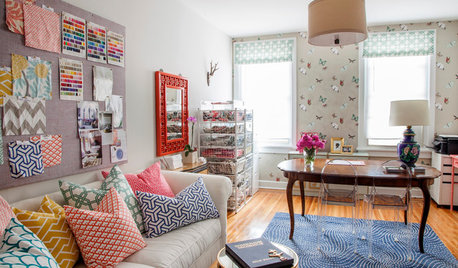
STUDIOS AND WORKSHOPSYour Space Can Help You Get Down to Work. Here's How
Feed your creativity and reduce distractions with the right work surfaces, the right chair, and a good balance of sights and sounds
Full Story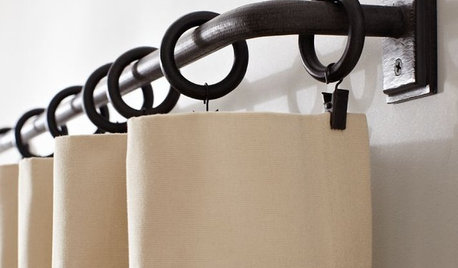
PRODUCT PICKSGuest Picks: Get Beachy With a Casual Coastal Living Room
Live easy in a room full of natural textures and colors borrowed from the sand and sea
Full Story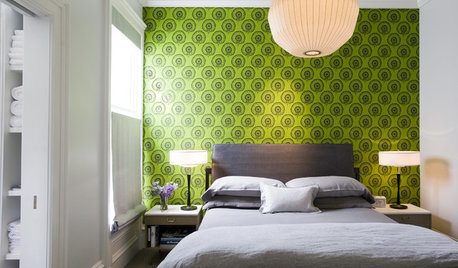
GREAT HOME PROJECTSConsidering Wallpaper? Here's How to Get Started
New project for a new year: Give your room a whole new look with the color, pattern and texture of a wall covering
Full Story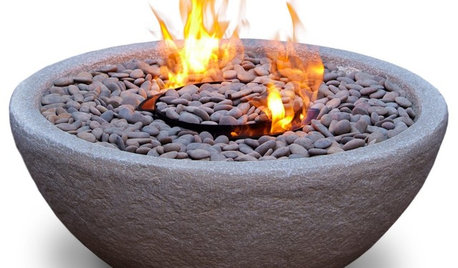
PRODUCT PICKSGuest Picks: Get Comfy-Cozy This Fall
Settle into autumn with decor and accessories in harvest hues or snuggly textures — or that'll warm you up in other ways
Full Story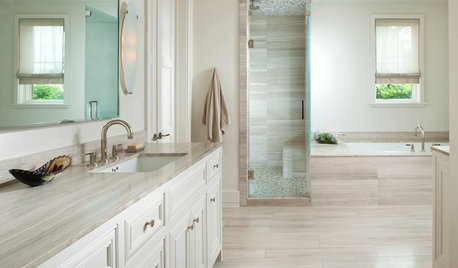
COLORBathed in Color: How to Get White Right in the Bath
Get the pure look you want without going institutional by paying attention to tone, texture and sheen in an all-white bathroom
Full Story


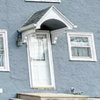



Pines Everywhere
phrogOriginal Author
Related Professionals
Centennial Painters · Boca Raton Painters · Elkhorn Painters · Franklin Park Painters · Kenner Painters · Marlboro Painters · Marrero Painters · Springfield Painters · Brookline Flooring Contractors · Cincinnati Flooring Contractors · Laconia Flooring Contractors · Medway Flooring Contractors · New Bern Flooring Contractors · Oakdale Flooring Contractors · Oswego Flooring ContractorsPines Everywhere
Vertise
musicteacher
geoffrey_b
Pines Everywhere
Vertise
Jumpilotmdm